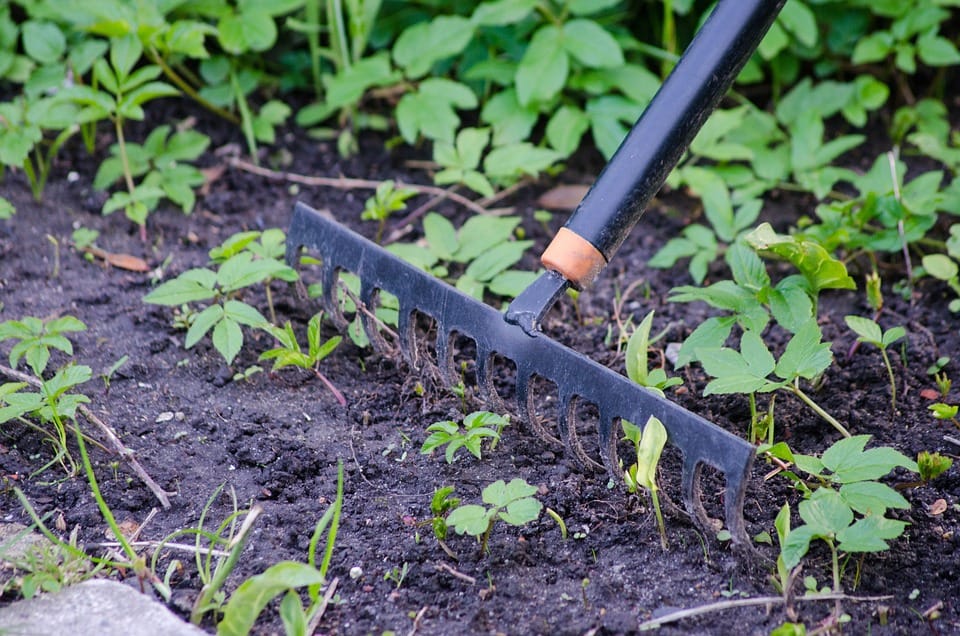Table of Contents
The Art of Precision: Mastering the Use of Pruning Shears
Pruning shears, also known as secateurs or hand pruners, are an essential tool for any gardener looking to maintain the health and beauty of their plants. While the concept of pruning may seem simple enough, mastering the use of pruning shears requires practice, patience, and a keen eye for detail. In this article, we will explore the art of precision pruning and provide tips and techniques to help you become a master pruner.
Why Prune?
Pruning is a vital practice in gardening that involves the selective removal of plant parts to improve overall plant health and appearance. Regular pruning helps to promote healthy growth, encourage flowering, and maintain the shape and structure of plants. By removing dead or damaged branches, you can prevent disease and infestation from spreading throughout your garden.
Types of Pruning Shears
There are several types of pruning shears available, each suited for different tasks and plant sizes. Bypass pruners are the most common type, featuring two curved blades that pass by each other like scissors. Anvil pruners have a single straight blade that cuts against a flat surface, making them ideal for cutting thick or dead branches. Ratchet pruners have a special mechanism that provides extra leverage for cutting through tough stems and branches.
Choosing the Right Pruning Shears
When selecting pruning shears, it is important to consider the size of your hands, the type of plants you will be pruning, and your preferred cutting style. Look for shears that feel comfortable in your hand and are easy to use. Opt for a high-quality pair with sharp blades that can easily be sharpened and replaced when necessary.
Basic Pruning Techniques
Before you begin pruning, make sure your shears are clean and sharp. Dull blades can cause damage to the plant and make pruning more difficult. Start by removing dead, diseased, or damaged branches, cutting at a slight angle just above a bud or junction. Avoid leaving behind stubs, as they can invite disease and pests into the plant.
Advanced Pruning Techniques
Once you have mastered the basics of pruning, you can begin to explore more advanced techniques such as thinning, heading back, and shaping. Thinning involves removing excess growth to improve air circulation and sunlight penetration. Heading back allows you to control the height and shape of the plant by cutting back certain branches. Shaping involves creating a specific form or design through selective pruning.
Timing and Frequency
The timing and frequency of pruning will depend on the type of plant you are working with. Spring-blooming plants should be pruned immediately after flowering, while summer-blooming plants can be pruned in late winter or early spring. Evergreen plants can be pruned throughout the year, but avoid pruning during extreme heat or cold. Regular pruning will help keep your plants healthy and looking their best.
Common Pruning Mistakes
One common mistake gardeners make is over-pruning, which can weaken the plant and inhibit growth. Avoid cutting too close to the main stem or leaving behind large wounds that can be susceptible to disease. Another mistake is neglecting to clean and sharpen your shears regularly, which can lead to inefficient cuts and potential damage to the plant.
Benefits of Precision Pruning
By mastering the art of precision pruning, you can ensure your plants remain healthy, vibrant, and beautiful year-round. Precision pruning promotes new growth, improves flowering, and enhances the overall appearance of your garden. With practice and patience, you can become a master pruner and enjoy the rewards of a well-maintained garden.
Conclusion
Pruning shears are a valuable tool for any gardener looking to maintain the health and beauty of their plants. By mastering the art of precision pruning, you can improve plant health, encourage growth, and create a visually appealing garden. With the right tools, techniques, and knowledge, you can become a master pruner and enjoy the many benefits of a well-pruned garden.
Remember to always practice safe pruning techniques, take your time, and enjoy the process of caring for your plants. Happy pruning!
